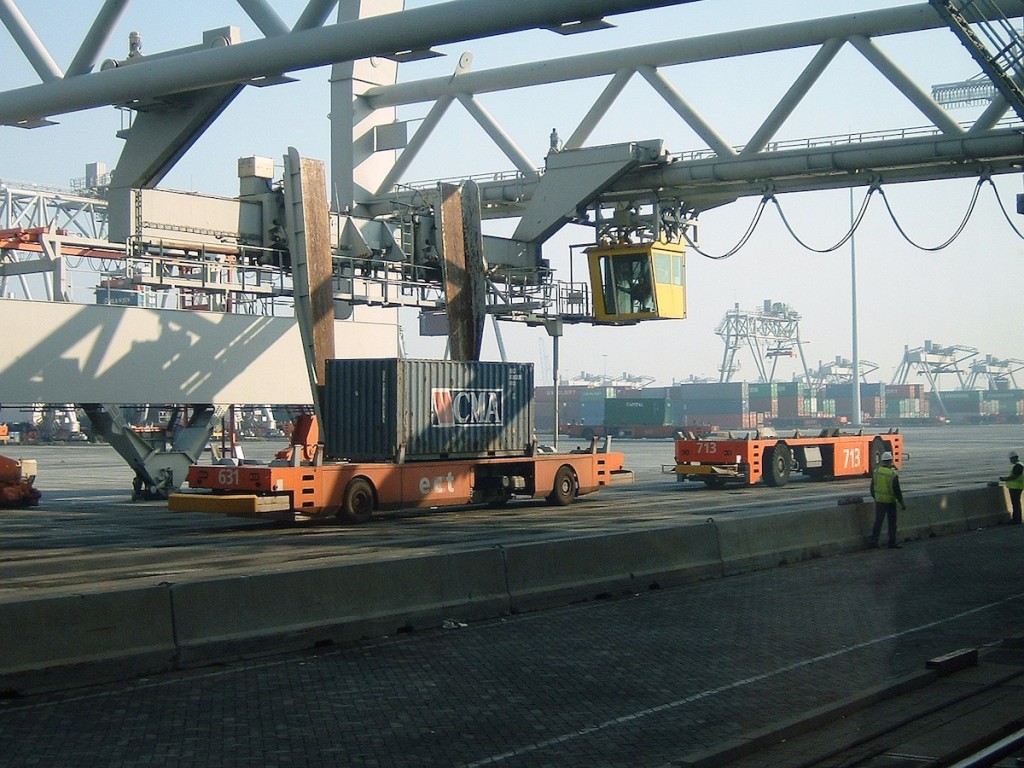The far northern Netherlands port of Eemshaven has ridden to great success the rapid rise of offshore wind development and concurrent electricity generation. Eemshaven now boasts of launching 16 North Sea wind farms, plus another four with a contract for operations and maintenance. It also hosts one of the country’s largest onshore wind parks, a 213MW complex.
Some 70% of the port’s business is now wind-related,” estimated Erik Bertholet, the port of Eemshaven’s business manager for offshore wind.

The availability of plentiful renewable energy is one big reason why, for example, Google located an immense data center nearby, investing more than 1 billion Euros, with a further expansion recently announced. (It can rightly say the energy is non-fossil fuel, since 69MW of wind-produced electricity is generated directly to the center.) Rival QTS also located its mega data center in Eemshaven.
“If you have big wind farms, you can directly lead it with the grid to your location,” explained Bertholet.
Not only do these centers require huge amounts of electricity, they need reliable sourcing and speed. Two electric grids radiate from Eemshaven to the Netherlands and elsewhere in Europe, insuring both redundancy and latency.
Hard to believe all this has happened only over the past decade. Eemshaven demonstrates how economic gains can be generated through hitching itself to a green future.
Of course, being in the right location plays a big role as well. Not only is Eemshaven on the North Sea, but it’s close to German waters, where many wind farms developed as well, supplying that country with renewable energy.
Eemshaven is a relatively new port, opened only in 1973. The port now boasts of more than five kilometers of quay in four basins.
In about 2008, Germany’s first offshore wind farm, Alpha Ventus, began to take shape in the North Sea. Because Eemshaven is a deep-water port that offers heavy load capabilities, some of the turbine components destined for the wind farm were shipped via Eemshaven. And, said Bertholet, this exposed Eemshaven to wind farm developers and demonstrated what the port could do.
Perhaps the biggest single boost came in 2015, when construction began on the Gemini Wind Farm, some 50 miles north off the coast. It is now the world’s third largest offshore wind complex, generating 600MW of electricity.
However, it’s a steady stream of business that has brought lasting benefits. Offshore construction and support vessels now make frequent calls on Eemshaven; some base themselves there. “If you’re in Europe in the installation of wind farms and you have not been to Eemshaven, well, probably there’s something wrong with you,” Bertholet quipped.
He also rattled off a list of major players in offshore wind equipment manufacturing with offices now in Eemshaven: Siemens, Mitsubishi, GE, Vestas.
Eemshaven has developed into a supply chain of companies large and small that construct, supply and maintain offshore wind farms and their ancillary functions. That’s the model Eemshaven follows. It’s investing in new support facilities for these players. The latest is a heliport the port inaugurated in September. “We’re constantly innovating what we can do as a port,” Bertholet said.
What Eemshaven doesn’t have are production facilities. “Everything’s coming into Eemshaven and everything’s coming out, so that’s superb for logistics,” said Bertholet. “The added value is high.”





